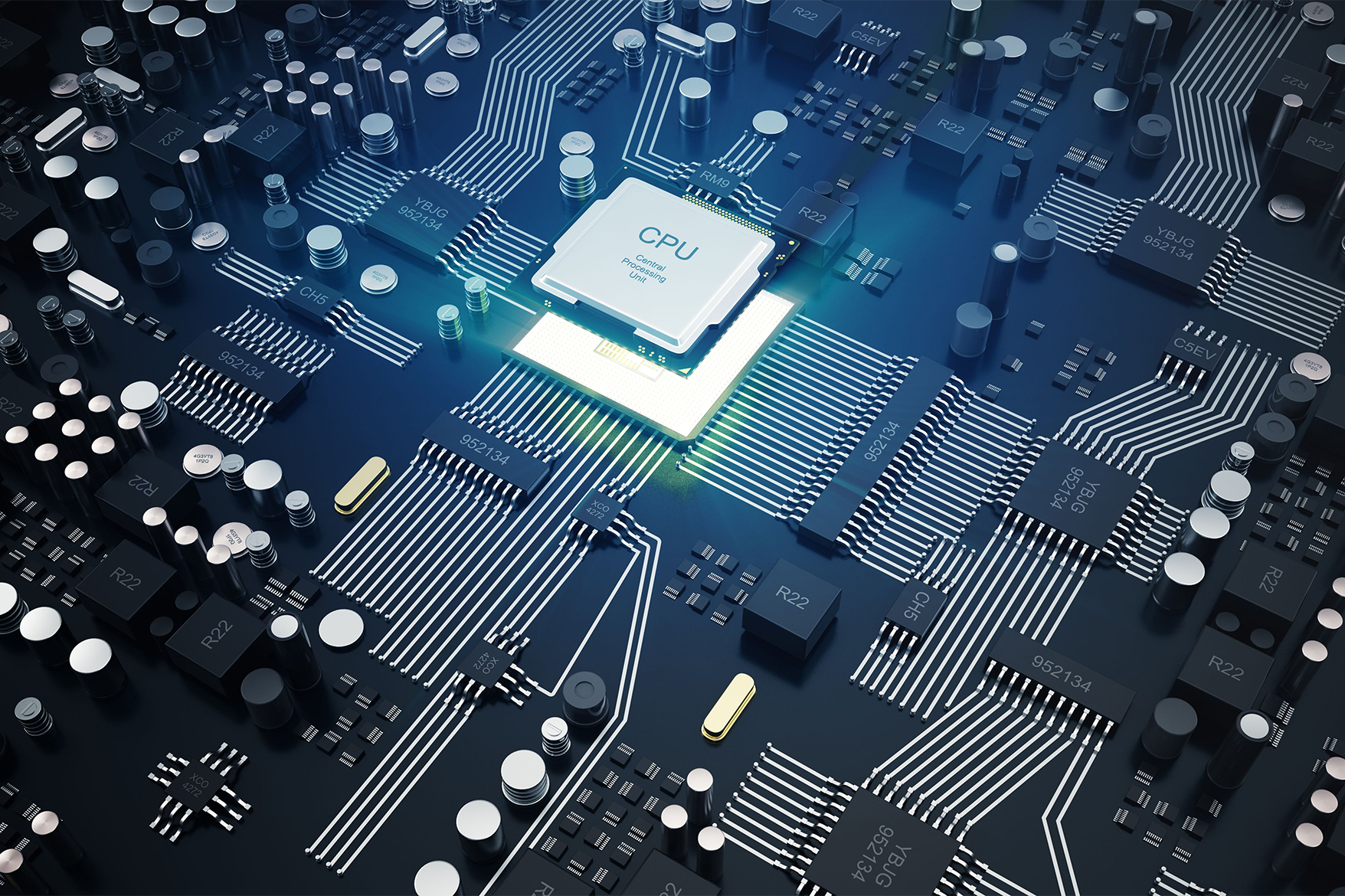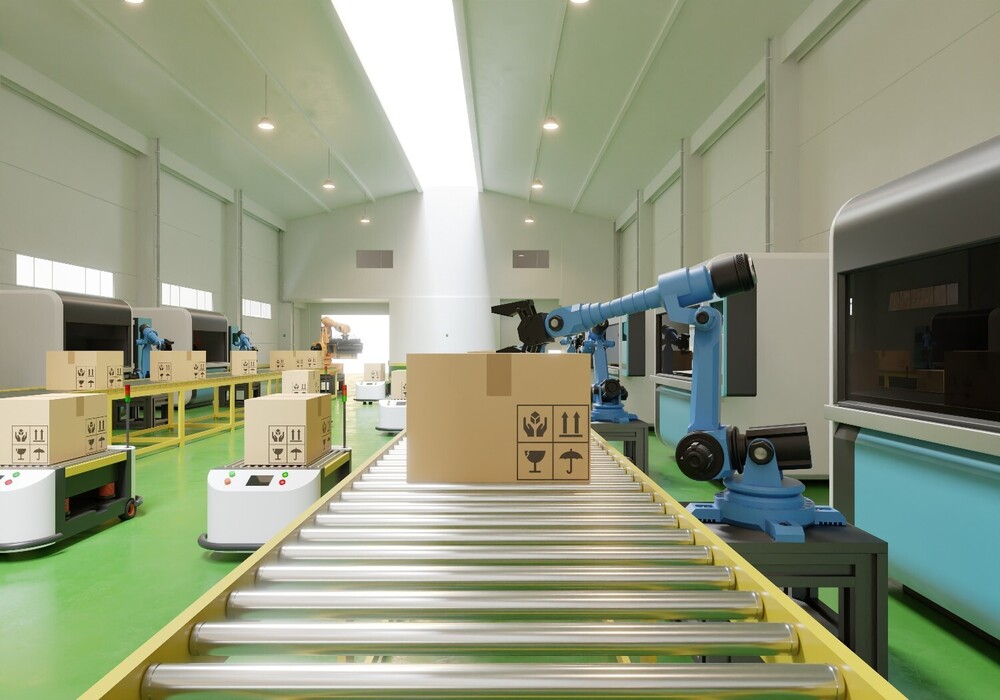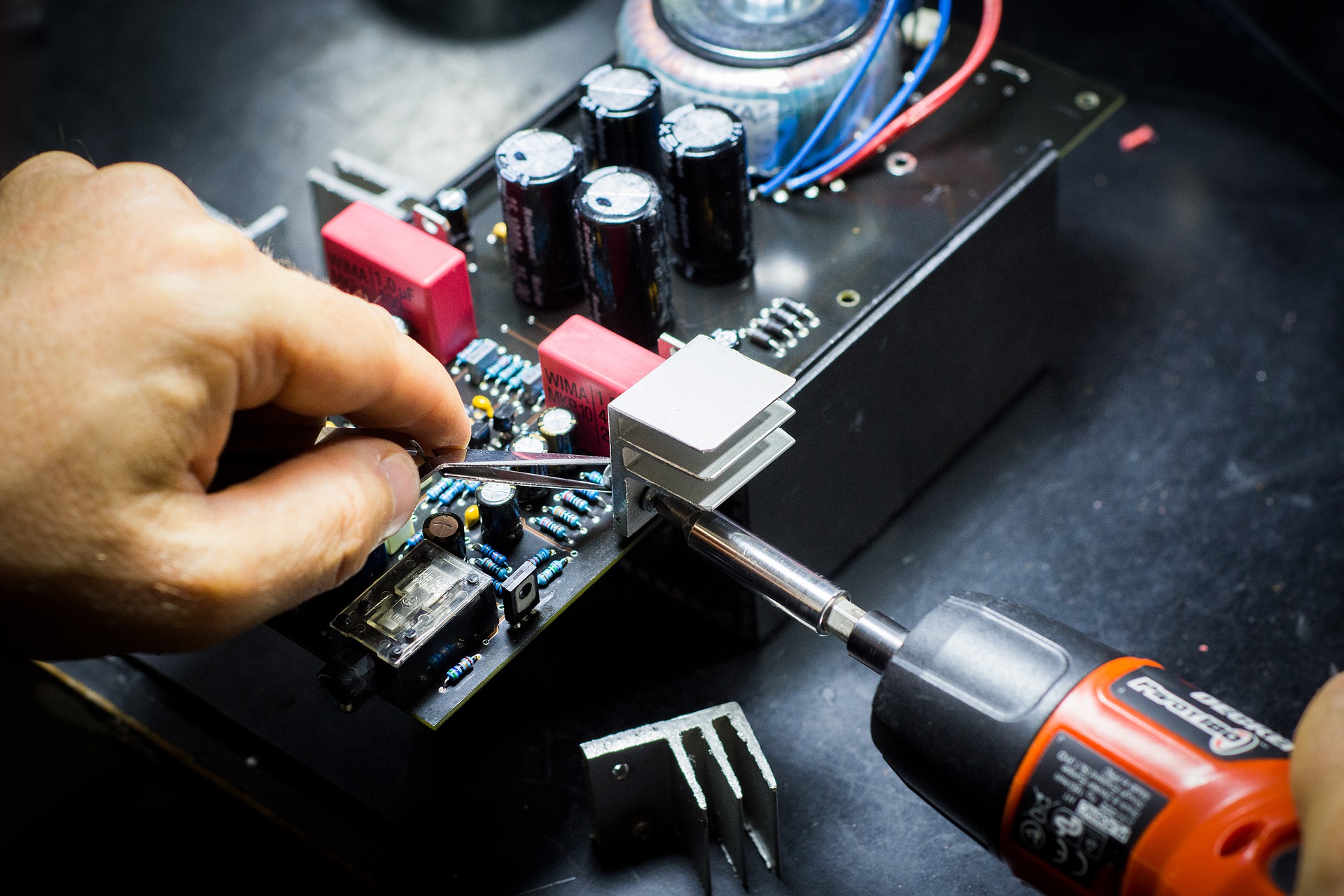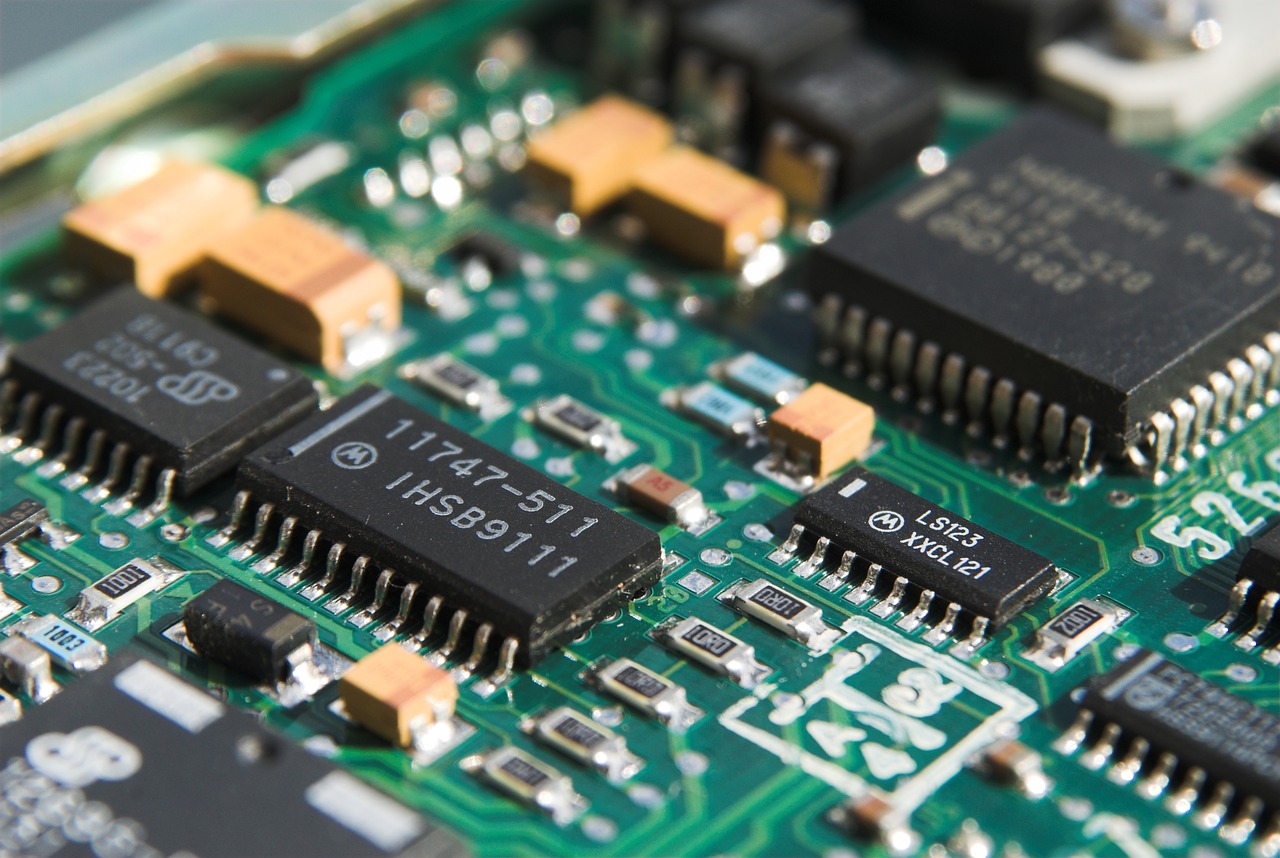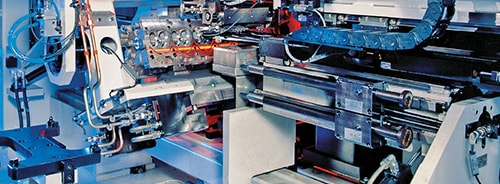What is an Embedded System?
An embedded system can be described as a hardware system that has its own software and firmware. One embedded system is built to do one task and forms a part of a larger electrical or mechanical system. An embedded system is microcontroller and/or microprocessor based. A few examples of embedded systems are automatic transmission, teller machines, anti-lock brakes, elevators, automatic toll systems.
To explain in detail, let’s take a look at the smartphone. It has tons of embedded systems, with each system performing a particular task. For example, the single task of the GUI is user interaction. Likewise, there are numerous other embedded systems, each with a specific task, in the mobile phone.
Embedded systems are used in banking, aerospace, manufacturing, security, automobiles, consumer electronics, telecommunication and other fields.
1. Yocto Project
Yocto Project was released by Linux Foundation in March 2011 with the support of 22 organisations. This collaboration project has software, tools and processes that enable developers to build Linux-based embedded systems. It is an open source project that can be used to build the software system irrespective of the hardware architecture. Three major components that determine the output of a Yocto Project are:
- Package Feed – It refers to the software package to be installed on the target. You can choose from package formats such as rpm, deb, ipk, and more. Developers can either install the pre-installed packages on target runtime binaries or choose to install them in the deployed system.
- Target run-time binaries – They include auxiliary files such as kernel modules, kernel, bootloader, root file system image and more. These files are used to deploy the Linux embedded system on the target platform.
- Target SDK – This output component is a collection of header files and libraries that represent the software installed on the target platform. Application developers can use the libraries to further build the code on the target platform.
Pros
- It works with all kinds of hardware architecture.
- It has a large community of developers.
- Even after project release, developers can add layers to the project. These layers can also be independently maintained.
- This project gets support from a large number of board and semi-conductor manufacturers. So, this project will work on any platform.
- It is customisable and flexible.
- The project has override capability.
- The layer priority can be clearly defined.
Cons
- It has a long learning curve, which can be a deterrent for many developers.
- More resources and time are required to build a Yocto project
- Developers will need large workstations to work on Yocto projects
2. OpenWrt Wireless Freedom
The OpenWrt (OPEN Wireless RouTer) is used to route network traffic on embedded devices. It can be described as a framework that developers use to build multi-purpose applications without a static firmware. That is because this tool offers a fully writable filesystem supported by package management. This build design offers a huge freedom for customisation based on target platform. Developers need not have to build a single static firmware. Instead, they can create packages that will be suitable for different applications.
Pros
- It features bufferbloat control algorithms that reduce lag/latency times.
- Has more than 3000 ready-to-be-installed packages.
- Large community support of developers.
- Control all the functions of the tool via your device or router.
- No license or subscription fee.
Cons
- Only suitable for developers with more technical expertise.
- Not very user friendly.
- Takes a lot of time to setup and run.
- Doesn’t support a large variety of routers.
3. Buildroot
Developed by Peter Korsgaard and his team, Buildroot is an automation tool used for building Linux embedded systems. This tool can independently build a root file system with applications and libraries. It can also create a boot loader and generate Linux kernel image. This tool also has the capability to build a cross-compilation tool chain. All these systems can also be built together using Buildroot.
The three output components of Buildroot are:
- Root file system and auxiliary files for the target platform.
- Kernel modules, boot-loader and kernel for the target hardware.
- Tool chain required to build target binaries.
Pros
- Simple to learn and deploy.
- The core system is scripted using Make and C.
- The core is short, but expandable based on needs of target platform.
- Open-source tool.
- Build time and resources required is relatively less.
Cons
- As the core is simple, a lot of customisation may be required based on target platform.
- Developers need to rebuild the entire package to make a small change to the system configuration.
- Requires different configurations for different hardware platforms.
4. Debian
Debian is one of the earliest developed Linux-based operating systems. The Debian project was launched by Ian Murdock way back in 1993. The online Debian repositories contain free and paid software in more than 51,000 packages. The features of this Linux distribution include kernels, desktop environments and localisation. Debian GNU/Linux can directly build applications on the embedded systems using Debian tools such as gdb (GNU project debugger) and gcc (GNU compiler collection). The open-source platform also has numerous tool kits that include integrated development environments, debuggers, and libraries. There are tool kits that even have kernels and operating systems.
Pros
- It has a large community with really experienced developers as it is one of the oldest Linux platforms.
- Detailed and comprehensive installation.
- Debian testing and repositories are highly stable.
- Developers have the freedom to choose free or propriety software.
- Supports multiple hardware architecture.
Cons
- It doesn’t have many software updates.
- Doesn’t provide enterprise support.
- Installation is only with free software.
How Utthunga can provide solution for your embedded engineering problems?
At Utthunga, we offer a host of embedded engineering services customised to your specific requirements. We have more than 12 years of experience in this domain. Plus, our team consists of experienced professionals. As a part of our embedded engineering services, we offer hardware, software and firmware development. We also provide wireless SoC-based product development, Obsolescence management, Motor Control Hardware and Firmware Development, and Embedded Linux.
With such varied expertise and in-depth domain experience, we can confidently handle any type of embedded engineering requirement. Whether you want to automate your process or design a product, reach out to us. Just drop a mail at [email protected] or call us at +91 80-68151900 to know more in detail about the services we offer.

